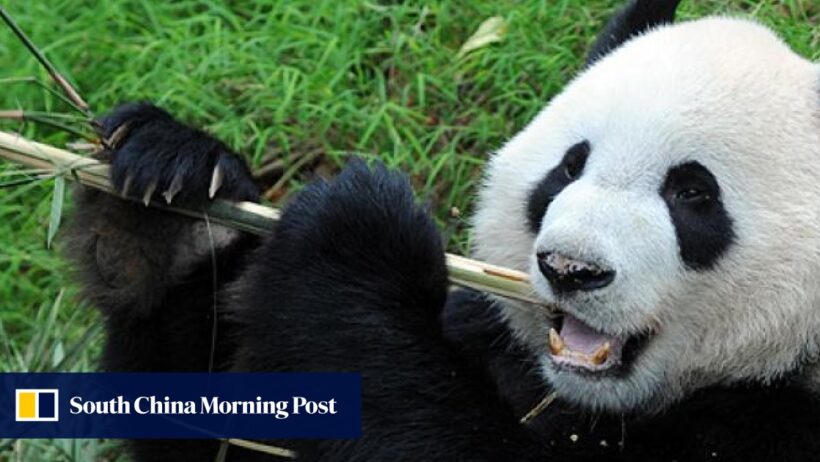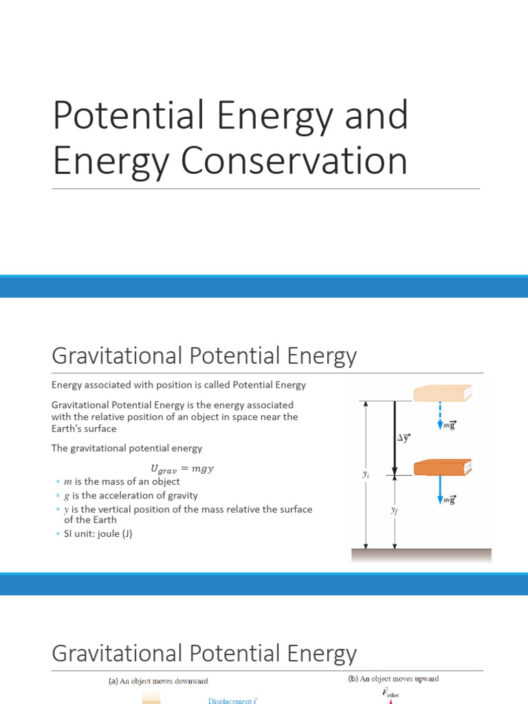As guardians of the mountainous bamboo forests in China, giant pandas are often viewed as the quintessential emblem of wildlife conservation. Their appealing visage and relatable demeanor have earned them a significant place in the hearts of millions. However, beneath this charming exterior lies a dire narrative, one that is intricately linked to the overarching tale of climate change—a narrative beset with existential threats, particularly to their primary food source: bamboo. This article delves into the intricate relationship between giant pandas and climate change, elucidating the impending bamboo crisis that places their very survival at risk.
Bamboo is not just a staple in the diet of the giant panda; it is their lifeblood. These remarkable creatures derive over 99% of their caloric intake from this unassuming grass. While there are over 1,000 species of bamboo, giant pandas exhibit an uncanny preference for specific varieties, which are often dictated by their habitat. As a result, the survival of the panda is closely intertwined with the health of their bamboo forests. The beauty of this unique symbiosis is a fragile thread upon which their existence hangs, increasingly threatened by the winds of climate change.
Climate change is akin to an invisible specter, encroaching upon the distinct habitats of giant pandas and their beloved bamboo. Altered weather patterns, soaring temperatures, and fluctuating precipitation levels have become the harbingers of a looming catastrophe. The ramifications extend beyond mere discomfort; they herald the onset of a critical bamboo shortage. As climate change precipitates the gradual movement of suitable bamboo habitats, the geographic range of these plants is becoming alarmingly restricted. Some studies predict that approximately 35% of current bamboo species will face extinction as a consequence of changing climatic conditions by the year 2080.
One must consider the duality of bamboo’s life cycle—its incredible growth, but also its vulnerability to climatic whims. Bamboo has an extraordinary ability to regenerate and grow rapidly, often reaching towering heights within a couple of months. Yet, this resilience is contingent upon specific environmental parameters that are now altering fatally. The life cycle of bamboo is intimately connected to temperature and moisture levels; deviations in these parameters can disrupt flowering cycles and lead to synchronization failures between bamboo plants. In essence, climate change is not merely changing the seasons; it is rewriting the very rhythms of nature that these creatures depend upon.
Moreover, as bamboo habitats begin to dwindle and compress, the dilemma for giant pandas becomes a tragic tale of habitat fragmentation. As their ranges shrink, the isolation of panda populations escalates, leading to genetic bottlenecks and decreased reproductive success. The metaphor of the solitary giant panda on a mountain peak, ensconced in an ever-decreasing fragment of its erstwhile expansive abode, evokes a profound sense of loss. This loss is echoed through the steely eyes of the panda, a reminder that the climatic changes wrought by human activity are severing their ties to both habitat and community.
The climate crisis does not merely threaten the bamboo that sustains giant pandas; it also exacerbates human-wildlife conflicts. As bamboo habitats recede, pandas are forced to encroach upon agricultural lands and human settlements in search of food. This encroachment invariably leads to conflicts with humans, who may see these magnificent creatures not as endangered treasures but as pests disrupting livelihoods. In turn, this creates a cycle of animosity that may result in injurious encounters, further jeopardizing the already precarious position of the giant panda within the ecosystem.
The plight of the giant panda is indicative of a broader environmental crisis, acting as a litmus test for the repercussions of climate change on biodiversity. If the panda, a creature so venerated and subject to extensive conservation efforts, is facing imminent threats, one must ponder the fate of less-celebrated species. The implications extend beyond individual species; they ripple through entire ecosystems, signaling an impending biodiversity collapse that is not solely a concern for conservationists but for humanity as well.
In this light, the bamboo crisis faced by giant pandas underscores an urgent call to action. While individual efforts to reduce carbon footprints and implement sustainable practices can contribute to mitigating climate change, collective action may yield the most substantial impact. Conservation organizations are working tirelessly to secure bamboo reserves and create wildlife corridors that enhance habitat connectivity. Additionally, public awareness campaigns can galvanize community efforts to protect these majestic creatures and their habitats.
In conclusion, the giant panda is ensconced in a narrative that transcends its own survival. The bamboo crisis ignited by climate change is a microcosm of the larger ecological upheaval we face today. It serves as a stark reminder that the delicate balance of our natural world is increasingly imperiled. Understanding this relationship can foster a greater appreciation for our role as stewards of the environment. The survival of the giant panda—and with it, the future of countless other species—rests upon our willingness to confront the challenges of climate change with the urgency they deserve. In saving the panda’s bamboo buffet, we ultimately save a significant piece of our planet’s intricate tapestry of life.





